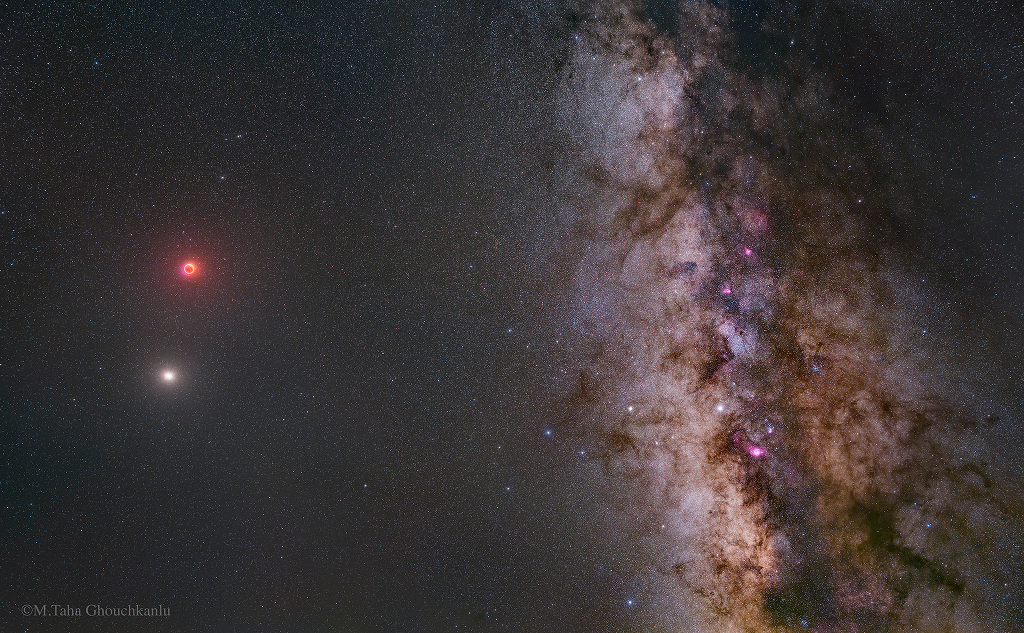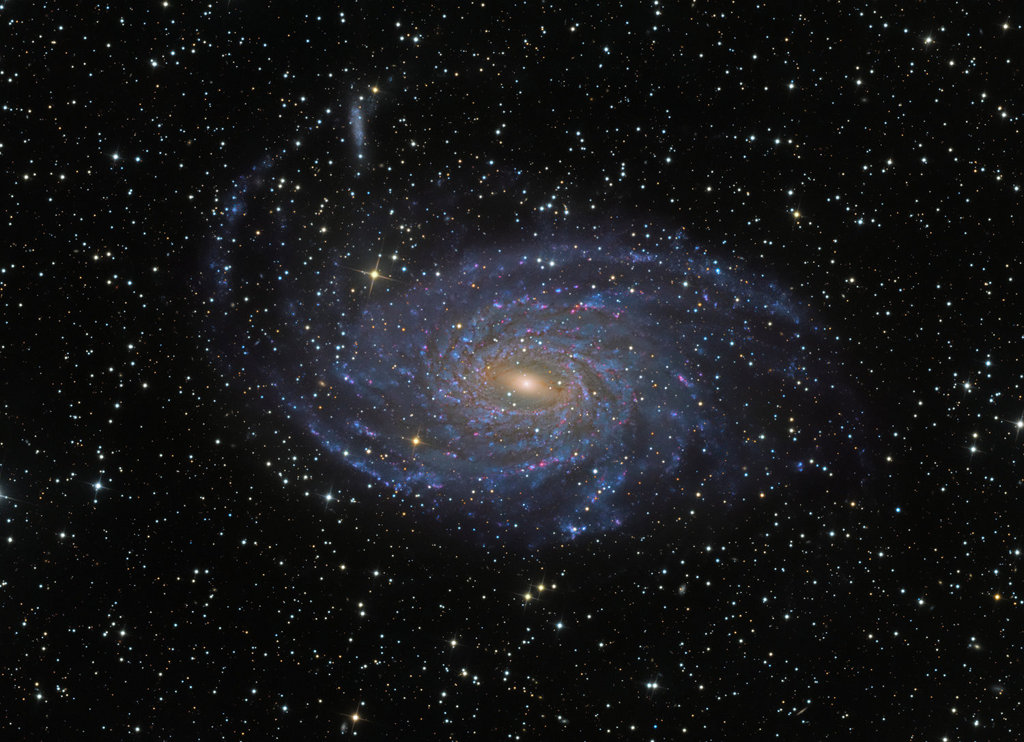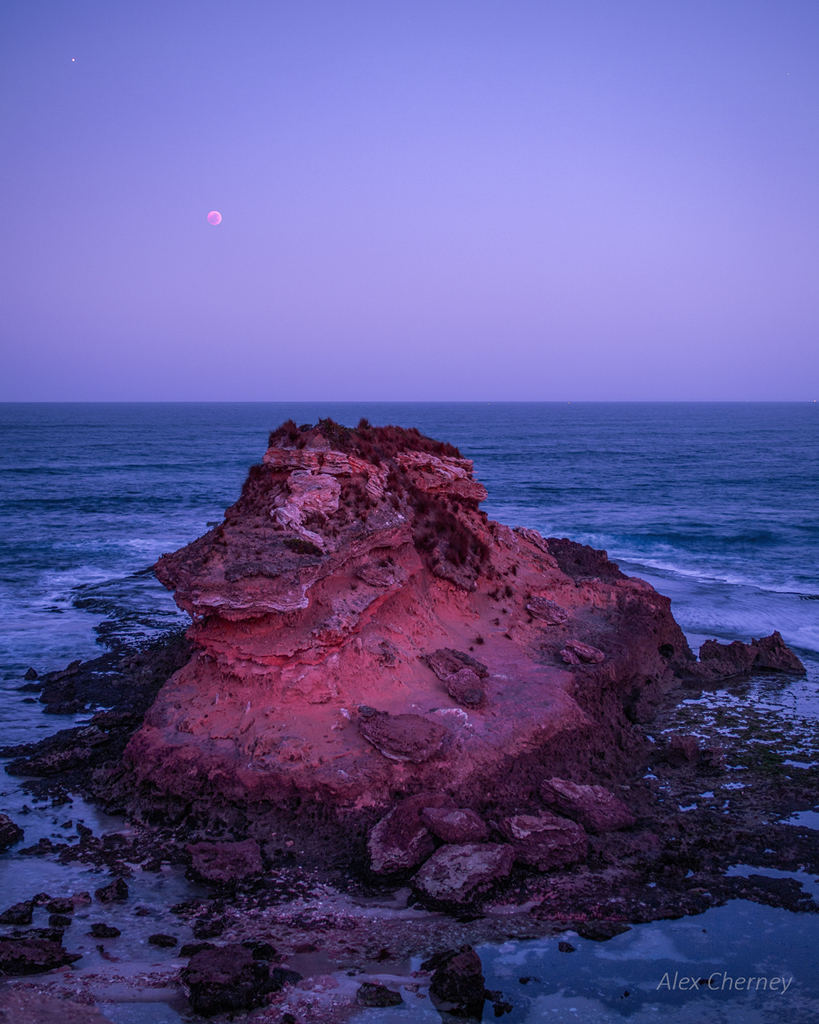
Moon, Mars, and Milky Way


NASA’s Minority University Research and Education Program (MUREP) Aerospace Academy (MAA) has selected seven Minority Serving Institutions (MSIs) for cooperative agreement awards totaling nearly $2.3 million.
from NASA https://ift.tt/2nuxjxw
via IFTTT![]()
Students attending Microsoft’s YouthSpark event will have the opportunity to speak with NASA astronauts aboard the International Space Station next week as part of NASA’s Year of Education on Station.
from NASA https://ift.tt/2vUkIHD
via IFTTT![]()

Russian cosmonauts living and working on the International Space Station will venture outside Wednesday, Aug. 15, for a spacewalk expected to last about six hours. Live coverage of the excursion will air on NASA Television and the agency’s website.
from NASA https://ift.tt/2M7oQ1Y
via IFTTT![]()

In an ongoing effort to foster commercial activity in space, NASA has selected 13 companies to study the future of commercial human spaceflight in low-Earth orbit, including long-range opportunities for the International Space Station.
from NASA https://ift.tt/2Mdy6Rf
via IFTTT![]()
NASA is partnering with six U.S. companies to develop 10 “tipping point” technologies that have the potential to significantly benefit the commercial space economy and future NASA missions, including lunar lander and deep space rocket engine technologies.
from NASA https://ift.tt/2OlZf1J
via IFTTT![]()